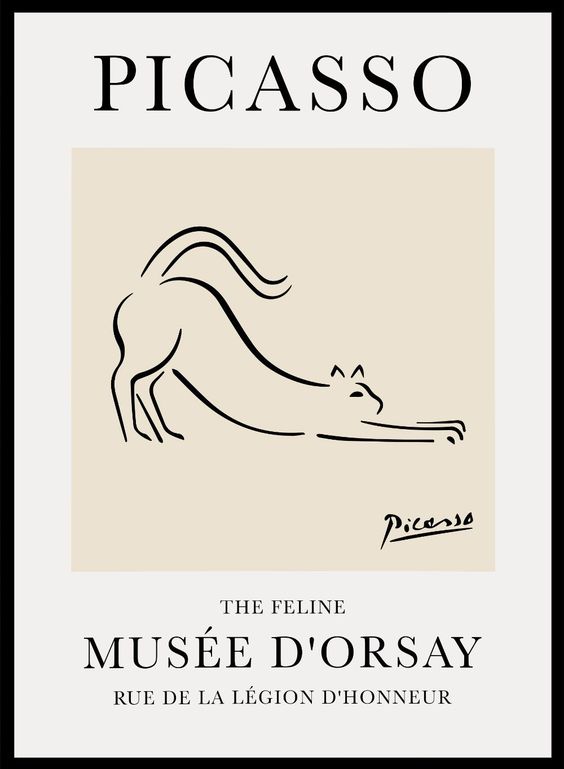



Line art may be trendy right now, but if you’ve sat through an Art History 101 class before, you know this isn’t the first time this style has been "in vogue." This is a seriously old form of art. In fact, the first line art drawing can be dated back to more than 73,000 years ago and was etched onto a cave wall.
Classic line art goes all the way back to the first known examples of art, and lines are one of the most essential tools in an artist’s toolbox. But let’s talk about some of the famous artists who have done it well and elevated line art to where it is today.
READ ALLTechnology has taken line art design to the next level. With graphic design software, artists can transform this art style and use it in the digital realm.
Line art isn’t just a paper art form anymore. In fact, digital line art is one of the most common types of line art that we see today. Creating your line art with a design program makes sharing online simple and ensures top-notch quality. No need for a ruler to make sure all your lines are straight.
READ ALL

Curved lines gradually change direction and bend. They can be tight curves like spirals or looser curves like a simple wave. Gradually curved lines give the viewer a feeling of ease and comfort. They are also a romantic line that can remind viewers of the human body or physical touch.

Horizontal lines are a line that runs horizontally on the page. These lines can be a grounding feature in a design that gives a feeling of rest or calm. In a landscape image, horizontal lines can orient the viewer to where the painting takes place because horizontal lines run parallel to the earth.

lines run straight up and down in a design without any slant. They are perpendicular to horizontal lines and convey a strong presence when used in design. Vertical lines suggest power and strength because they run upwards towards the sky. These lines seem powerful because they are unshakable and absolute.

Diagonal lines decisively jut across a design. These lines can be short or long, but they have a feeling of movement and assuredness. Because they are between a vertical and horizontal line, they seem to be constantly in motion. This can add freshness and authority to a design.

Zig-zag lines sharply turn from one direction to another. These lines have youthful and energetic energy in a design. They can give a viewer the impression of wild action and intense excitement, as well as unrest. Artists can mix these line art types to create a finished design or stick to one singular style for a more minimalist look.
Fun fact: did you know that the zig-zag line's first turn is called a zig, and the second one is called a zag?

VOGUE - 50 EUR
70x50cm

MATISSE - 60 EUR
80x60cm

PICASSO - 60 EUR
80x60cm

THE KISS - 40 EUR
70x50cm

©LinesArt
Terms
Privacy
Cookies
Email: raguskasia456@gmail.com
Phone: +48 504 996 833